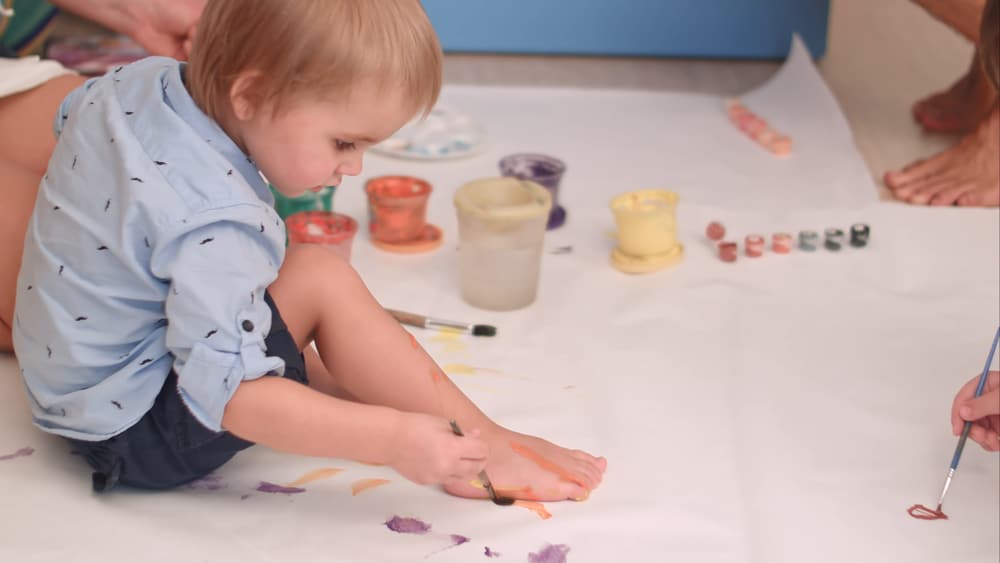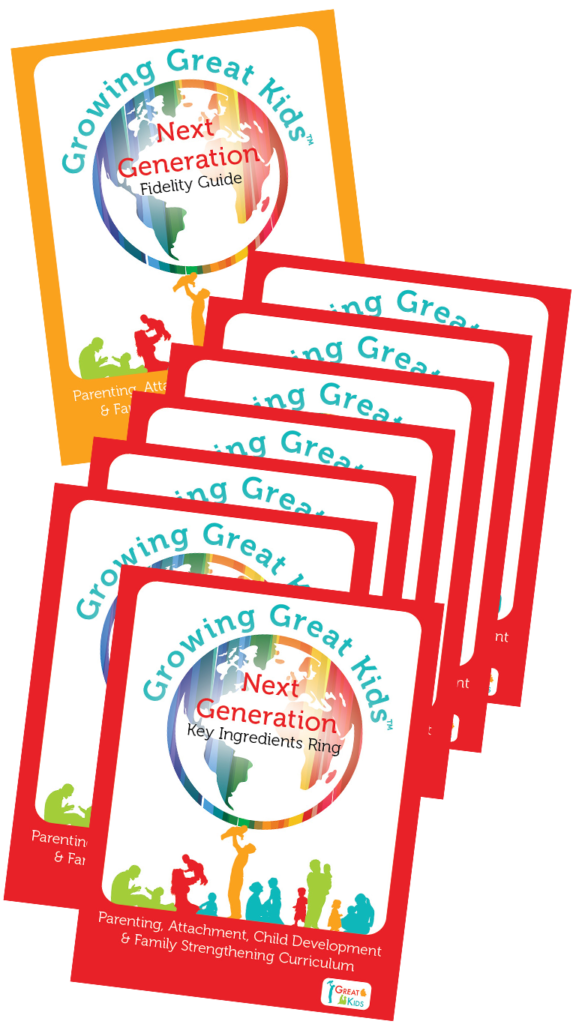A few weeks ago, I found myself creating art with a kiddo. At the time, we were experiencing quite the heatwave, so we decided to try out our sidewalk chalk indoors. As I sat with this little one, I watched them embrace each piece of chalk between their tiny fingers with such excitement. This kiddo gleamed with wonder each time the chalk smeared across the black paper as they anticipated what the next color of chalk would bring to their masterpiece. It didn’t take long for the black paper to become invisible behind the colorful rainbow of scribbles, lines, and circles. As I continued to share this sweet moment with this child, I couldn’t help but ask what they were drawing. And that’s when I got a direct, but funny answer as they looked right at me and said, “I don’t know, I don’t know how to draw.”
Child development specialists tell us that many parents focus on WHAT a child is creating rather than the PROCESS that’s happening as a child makes their very own masterpiece. I found myself doing this same thing as I watched them create. Luckily, this little one changed my thinking and helped me see their creation from a different perspective. Once they informed me that they couldn’t draw, I began focusing on their process of creating and what I saw. Before I knew it, we were having a conversation about how they loved the color red and which ocean creatures were their favorite. It turns out that this little one wasn’t concerned so much with WHAT they were making because they were more interested in HOW to create.
I chose to share this story with you this month because I realized, at this moment, I was thinking about product art rather than process art. You might be wondering, “what’s the difference?” Product art focuses on doing an art activity that includes things like instructions or where there is a right way to do the project.1 For example, a child might be asked to build a frog using cutouts or use a number system to color a picture. In other words, it’s making art using guidelines. Many of us did art activities like these growing up. I can remember books that told me to color everything with the number one blue or having to follow instructions to complete my art project. Though most children have made this type of art before, the child development specialists tell us that creating product art can lead children to wonder if they’ve created their art the “right” way.1
The good news is, the experts encourage parents to engage their children in the process of creating rather than focusing on the art product. In fact, parents don’t have to worry about helping their children make something. Instead, they can support them to explore the materials and learn how the art supplies interact with each other.1, 2
This is called process art.1 The experts tell us that this is because children are more curious to explore and discover HOW creative supplies work rather than making something with art materials.2
As you spend time with your own kiddos or support parents who want to foster creativity in their children, know that there are some tips from the specialists that you can try out.
Child development experts tell us that parents can support their little ones with creating art by:
- Using simple art supplies or items found around the home. Parents don’t have to buy expensive art materials as children enjoy things like crayons, paint, and chalk. They can also gather supplies like paper towel rolls, recycled paper or sponges and let their children experiment with these kinds of supplies as they make art.2, 3
- Letting kiddos take the LEAD as they create. Remember, there is no right way for children to make art. Little ones might choose to create with clay by smashing it between their fingers, or they might decide that all the trees in their picture should be painted blue.
- Supporting their children when they NEED help. Even though it’s natural for parents to want to help their children, remember it’s beneficial for little ones to learn how to do things on their own. A parent can hold a paint tray steady without dipping the brush in the paint for their toddler, or a parent might show their child how to draw a line on a piece of paper without doing it for them.
- Pointing out how hard their child worked on their art rather than praising the artwork. For example, instead of saying something like, “Your painting looks wonderful,” parents can express, “Wow! You worked so hard to make dots on your paper with your paintbrush.”
If you have a child of your own or you work with families, I hope that you find these tips helpful. For those of you reading this blog that use the Growing Great KidsTM Curriculum, know that you can also encourage parents to help their children express their creativity through art by using some of the GGKTM Activities listed below. I thank you for stopping by to read this blog and hope that you’ll check out our special topic for December. In the meantime, help little ones create!
Growing Great KidsTM Activities to Support Parents with Helping Children Express their Creativity with Art:
Growing Great KidsTM 13-24 Months
- 13-15 Months Play and Stimulation…Scribble
- 19-21 Months Play and Stimulation…Dough Play
- 22-24 Months Play and Stimulation…Making Art: Paper Art
- 22-24 Months Play and Stimulation…Making Art: Color Search
- 22-24 Months Play and Stimulation…Making Art: Outdoor Play
Growing Great KidsTM 25-36 Months
- 25-30 Months Play and Stimulation…Cutting and Pasting
- 25-30 Months Play and Stimulation…Sand and Snow Sculptures
- 31-36 Months Play and Stimulation…Making Necklaces
References
- Bongiorno, L. (n.d.). Supporting the development of creativity. Retrieved from https://www.naeyc.org/our-work/families/supporting-development-creativity
- Parlakian, R. (2019, March 15). Raising the next Frida Kahlo or Pablo Picasso: Milestones toward drawing. Retrieved from https://www.zerotothree.org/ resources/2678-raising-the-next-frida-kahlo-or-pablo-picasso-milestones-toward-drawing
- Rende, R. (n.d.). Meaningful art projects parents can fit into a busy day. Retrieved from https://www.naeyc.org/our-work/families/meaningful-art-projects-parents-can-fit-busy-day


